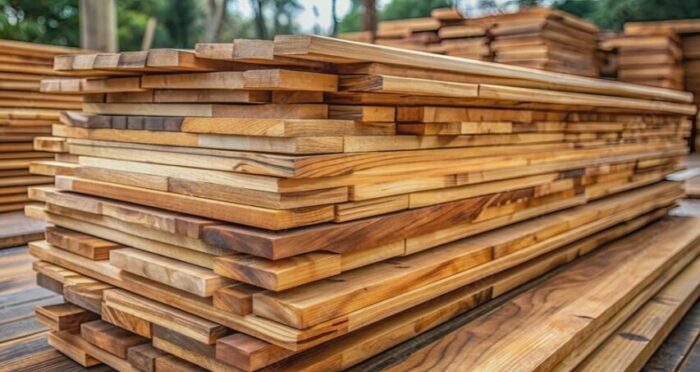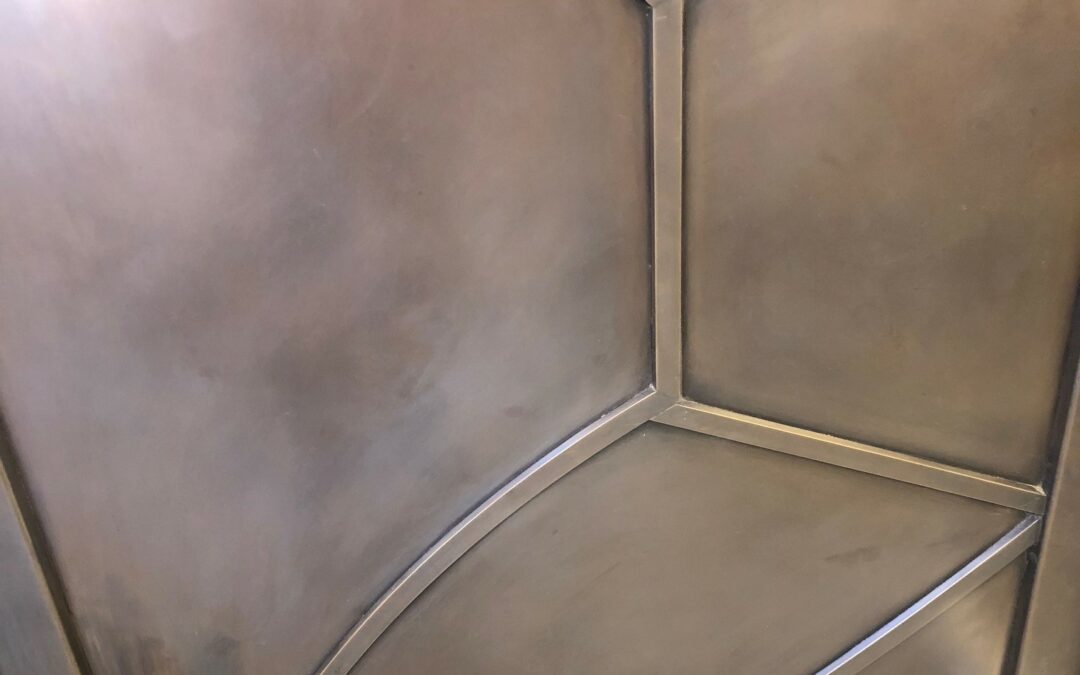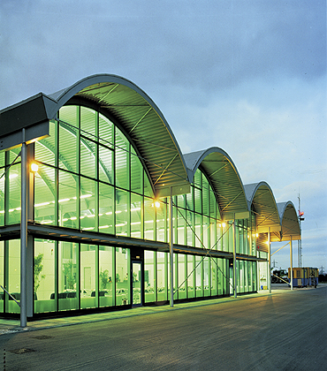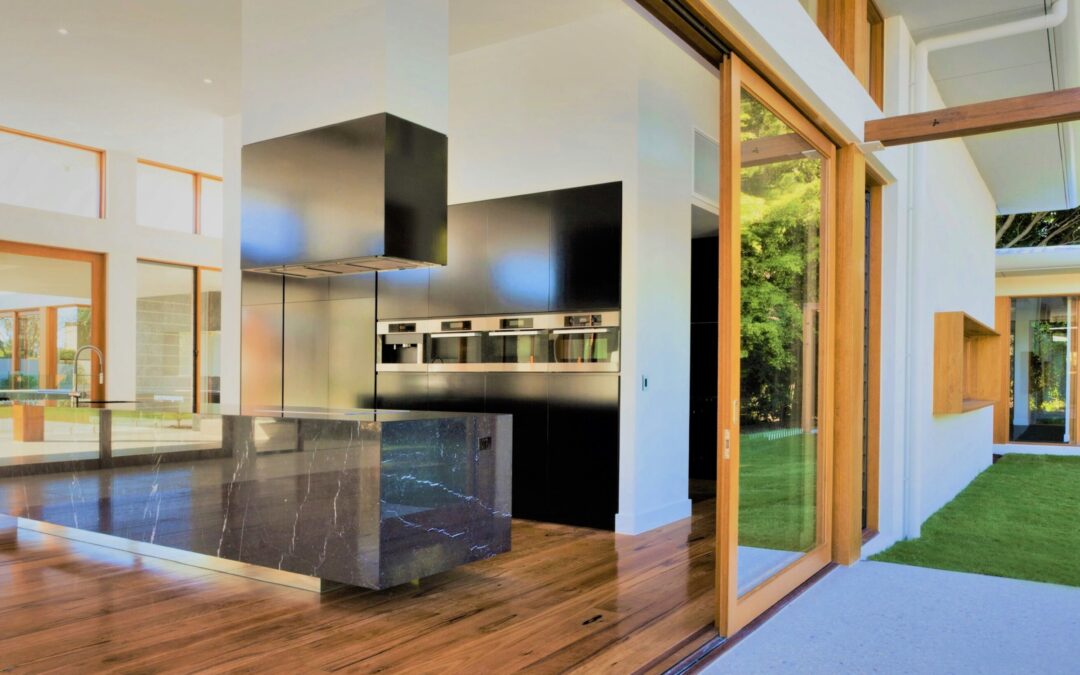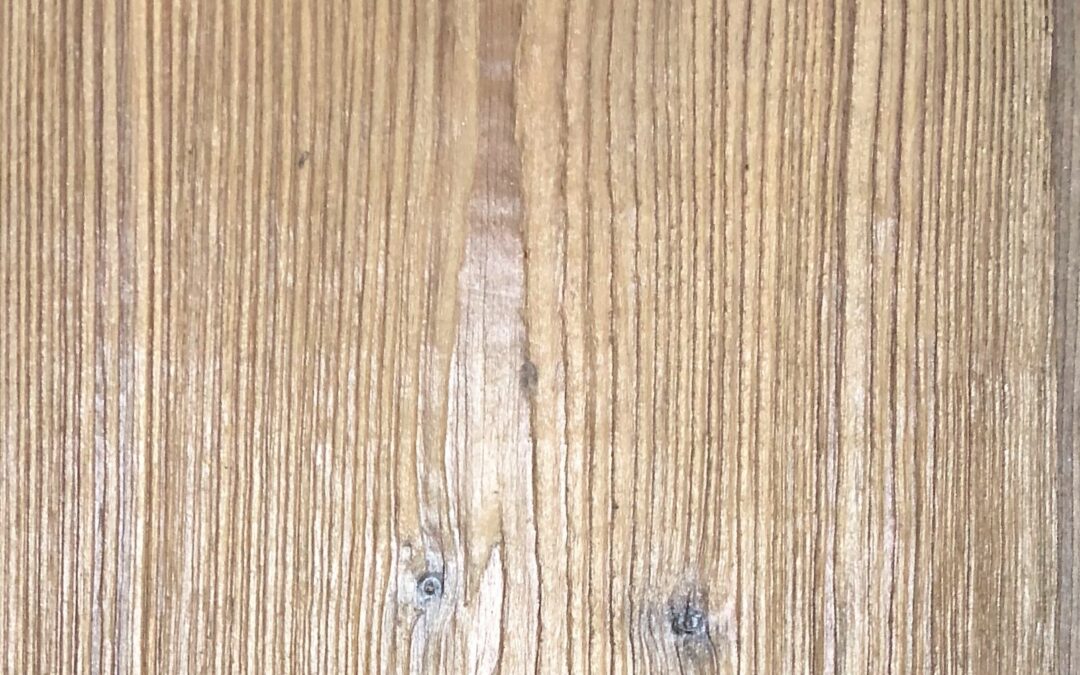
The Smart Choice: Why Factory Finish Windows Are Worth the Investment
When it comes to window replacement or new construction, homeowners and contractors face numerous decisions that impact both immediate costs and long-term value. One choice that often gets overlooked but can make a significant difference is opting for windows with factory finish. These pre-finished windows offer compelling advantages that make them an increasingly popular choice among savvy builders and homeowners.
What Are Factory Finish Windows?
Factory finish windows come pre-painted or pre-stained directly from the manufacturer in a controlled factory environment. Unlike field-applied finishes that are painted on-site after installation, these windows arrive ready to install with their protective and decorative coating already perfectly applied.
Superior Quality and Durability
The controlled environment of a factory setting provides optimal conditions for applying finishes that simply cannot be replicated in the field. Factory finishing uses advanced spray booth technology, precise temperature and humidity control, and multi-stage curing processes that ensure uniform coverage and maximum adhesion.
This controlled process results in a finish that’s more durable and longer-lasting than field-applied alternatives. The paint adheres better to the substrate, creating a stronger bond that resists chipping, peeling, and fading over time. Many factory finishes come with warranties of 10-15 years or more, demonstrating the manufacturer’s confidence in their durability.
Consistent, Professional Appearance
One of the most noticeable benefits of factory finish windows is their consistent, high-quality appearance. Every window receives the same meticulous attention to detail, resulting in uniform color, sheen, and texture across all units. This consistency is particularly important for larger projects or when replacing multiple windows, as it ensures a cohesive look that enhances the overall aesthetic appeal of the building.
Field painting, even when done by skilled professionals, can result in slight variations in color, texture, or coverage due to environmental factors, equipment differences, or human variables. Factory finishing eliminates these inconsistencies.
Time and Labor Savings
Factory finish windows can significantly reduce project timelines and labor costs. Since the windows arrive ready to install, there’s no need to schedule additional time for on-site painting or staining. This eliminates the need for masking, surface preparation, multiple coating applications, and drying time that field finishing requires.
For contractors, this means faster project completion and the ability to move crews to the next job sooner. For homeowners, it means less disruption to their daily lives and quicker enjoyment of their new windows.
Weather Protection from Day One
With factory finish windows, the protective coating is already in place when the windows are installed. This provides immediate protection against the elements, which is particularly valuable during construction when windows might be exposed to weather for extended periods before field finishing could be completed.
Field-applied finishes may require specific weather conditions for proper application and curing, potentially delaying the protective coating and leaving the windows vulnerable to moisture damage or UV exposure.
Enhanced Performance Features
Many factory finishes incorporate advanced technologies that go beyond basic protection and aesthetics. These may include:
-
- UV inhibitors that prevent color fading and material degradation
- Moisture barriers that provide additional protection against water infiltration
- Anti-microbial properties that resist mold and mildew growth
- Easy-clean coatings that make maintenance simpler
- Energy-efficient formulations that can contribute to thermal performance
Cost-Effectiveness Over Time
While factory finish windows may have a higher upfront cost compared to unfinished alternatives, they often prove more economical over the long term. The superior durability means less frequent repainting or refinishing, reducing ongoing maintenance costs. The labor savings during installation can also offset much of the initial premium.
Additionally, the consistent, professional appearance can enhance property value and curb appeal, providing a return on investment that extends beyond mere functionality.
Quality Control and Warranties
Factory finishing allows for rigorous quality control measures that aren’t possible with field applications. Manufacturers can inspect each window before it leaves the facility, ensuring that every unit meets their quality standards. Many also provide comprehensive warranties that cover both the window and its finish, offering peace of mind that field-applied finishes typically cannot match.
Environmental Considerations
Factory finishing often has environmental advantages over field application. Controlled factory environments allow for better containment and treatment of overspray and waste materials. Many manufacturers also use low-VOC or VOC-free finishes that are more environmentally friendly than traditional field-applied paints.
Making the Right Choice
Factory finish windows represent a smart investment for anyone prioritizing quality, consistency, and long-term value. While the initial cost may be higher, the benefits of superior durability, professional appearance, time savings, and reduced maintenance make them an excellent choice for both residential and commercial applications.
When selecting factory finish windows, work with reputable manufacturers who offer comprehensive warranties and have a track record of quality. Consider your specific climate conditions, architectural style, and maintenance preferences to choose the finish type and color that will serve you best for years to come.
The decision to invest in factory finish windows is ultimately an investment in quality that pays dividends through enhanced performance, reduced maintenance, and lasting beauty that protects and enhances your property value.
Need to know more?
Reach out to your specialist at Chablais Windows + Doors for assistance.

